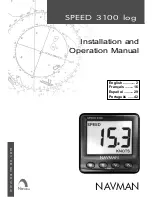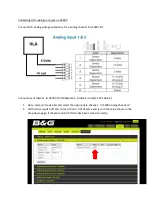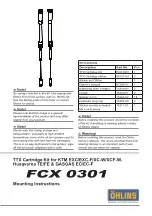
16
DEUTSCH
ENGLISH
FRANÇAIS
ITALIANO
ESPAÑOL
NEDERLANDS
PORTUGUÊS
SVENSKA
© HAAG‑STREIT AG, 3098 Koeniz, Switzerland ‑ HS‑Doc. no. 1500.7220505‑04060 – 2021 – 08
6.7 Setting the filters & diaphragms
a. Open
b. Grey filter (10%)
c. Red removal filter
d. Reserve opening for filter of choice ø 15 mm (0 / –0.2), thickness 2.5 mm
e. Fixation star (predominantly used for fixation examination of cross-eyed
children with amblyopia)
f. Apertures of ø 8, 5, 3, 2, 1 and 0.2 mm
g. Display of slit length adjustment from 1 to 14 mm
h. Blue filter
6.8 Fixation star
• Turning the diaphragm disc as far as it will go to the left switches
on the fixation star and the symbol 'S' appears in the window. In
some examinations of the fundus, this star is projected onto the
ocular fundus and is also visible to the patient, who is asked to
focus on the centre hole of the star. This allows the examiner to
see where the patient's vision is most focused.
• A typical use of the fixation star is close to the macula during
laser treatment. Similarly, it is also possible to identify
microstrabismus with the projection of the fixation star. The
fixation star is usually used with an upstream red removal filter.
6.9 Microscope and eyepiece
95. Two objective-lens pairs
96. Lever for yellow filter
97. Cover cap for the accessories base
98. Serial number microscope
99. 10 × or 25 × eyepiece
100. Lever magnification changer
101. Eyepiece retaining screw
6.10 Reduced operation
To guarantee a long service life of the light sources, the output of the background
illumination is reduced slightly once the maximum operating temperature is reached.
After a short cooling time, the full output can be used again. This operating state is
only achieved if both light sources remain switched on together for a prolonged
period and are therefore outside the specified temperature range.














































